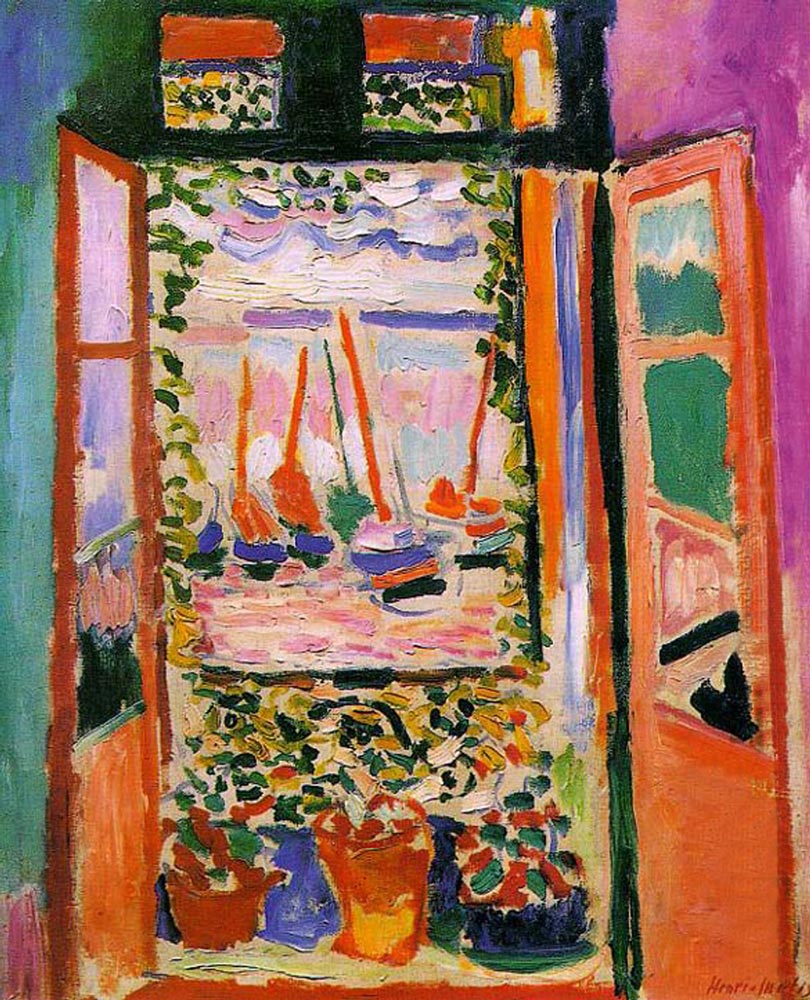Consider the visual experience of a normally functioning subject who consciously sees a red ball in front of her in daylight. This experience has representational properties, it is of or about something, e.g. the red ball, and it has phenomenological properties, e.g. there is something it is like to see redness and roundness. A central issue in the philosophy of perception concerns the nature of the relationship between these two kinds of properties. In chapter 5 of The Given, I offer an account of this relationship on the terms of the Brentanian theory.
Along with many other philosophers today, I accept what I call ‘General Representationalism’, according to which
(a) If two experiences have the same phenomenological content, then they necessarily share (a kind of) representational content
and
(b) If two experiences share (a kind of) representational content, then necessarily they have the same phenomenological content.
But although many philosophers accept (a) and (b), their reasons for doing so are radically different, and the difference lies centrally in their specification of the nature of the representational content that co-varies with phenomenological content. Here I will focus on (a), and will only summarize how the Brentanian theory accounts for it. (It’s worth noting in passing that ‘Inverted Earth’ and ‘Inverted Spectrum’ thought experiments only have force against (a) and (b) given certain interpretations of ‘representational content’. I argue that they don’t count against the Brentanian theory.)
The main idea behind (a) is that given the phenomenological content of an experience there is a kind of representational content that can be ‘read’ off that phenomenological content. Consider again the example of a visual experience as of a red ball. It seems that we make certain color property attributions simply in having the experience as we do, based on the experience’s color phenomenology alone. The ‘reddish’ phenomenology of the color experience alone suffices for the color attribution made.
According to the awareness of awareness thesis, part of what we are aware of when we see a red ball is the seeing itself, that is, the having of the visual experience. We are aware of the having of the visual experience in virtue of the instantiation of phenomenological properties of the visual experience. For a phenomenological property to be instantiated by the experience is for the experiencer to have, and so be aware of having, an experience with that property. We can accordingly say that a phenomenological property manifests itself as what it is, a property of experience, however else it may or may not be said to manifest itself.
I call phenomenological properties so understood, as properties of experience, ‘ph-properties’: thus ‘phenomenological redness’ is shortened to ‘ph-redness’ or ‘ph red’. The claim, then, is that there is a fundamental respect in which the phenomenological property ph-red that I experience in having a visual experience of a red ball is apprehended as what it is, a property of experience, although it is not focally or ‘thetically’ or explicitly apprehended as a property of experience. At the same time, it seems that there is also a fundamental sense in which ph-redness is experienced simply as a property of the ball. How can this be, given that ph-properties as I have defined them are properties of experience? The answer is that ph-properties do double duty. Ph-properties are not only encountered in experience simply as phenomenological properties. What is also true is that experience of ph-properties is taken to be direct awareness of features of the world.
What property do I attribute to an object (e.g. a red ball) in a naïve or everyday ascription of color—in having a color experience when looking at the ball? I attribute to the ball the property I take to be immediately revealed in experience. I attribute the property whose essential intrinsic character I take to be wholly revealed simply in the phenomenological character of experience.
But although the property attributed to the ball is immediately revealed in experience by the ph-property experienced, ph-red, the property attributed to the ball cannot be ph-red itself. As noted, ph-red is encountered as a property of experience. But the redness we attribute to the ball is experienced as an objective property of the ball.
I call the redness property we attribute to the ball in having a red experience ‘naïve-red’ or ‘n-red’ for short. We tend to think of ph-red as being the same as n-red inasmuch as we don’t explicitly conceptualize ph-red as subjective. Typically, when we characterize or think about seeming or apparent properties of objects such as n-red, we don’t think about how we have experiential access to those properties.
How do ph-properties contribute to the n-color property attributions? The basic idea is the following: it is crucially in virtue of the subject’s awareness of the sensory phenomenology of the visual experience that the phenomenology plays the role that it does in contributing to the experience’s being about the (apparent) n-redness of the ball. It is, for example, because of one’s awareness of experiencing ph-redness that one attributes a property to the ball, n-redness, that is essentially and internally related to ph-redness.
How are ph-redness and n-redness internally related? I propose that the relation is one of resemblance. At the very least, a fundamental aspect of the subjective experiential property of ph-redness (its color aspect) resembles a fundamental aspect of the purported non-subjective external-world property of n-redness attributed to the object (its color aspect) and it is in virtue of this resemblance that the experience attributes n-redness to the ball.
I am not claiming that all representation is a matter of resemblance, and there are a lot questions to address. Two questions that I consider in the book are: [1] What exactly is the ontological statue of n-color properties; and [2] Can color experiences be veridical, and if so, how so according to the Brentanian theory?
Header image: Open Window, Collioure (1905), by Henri Matisse

